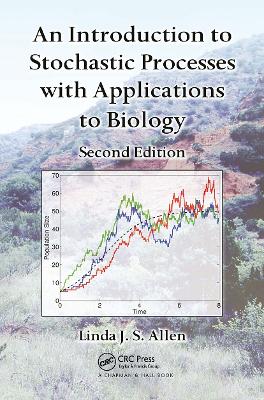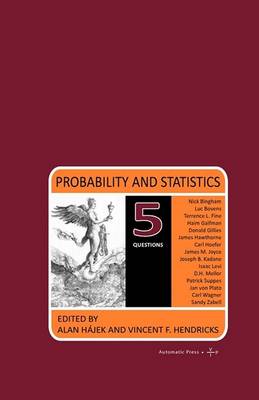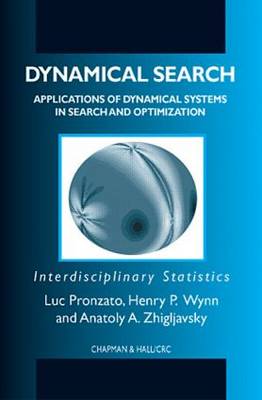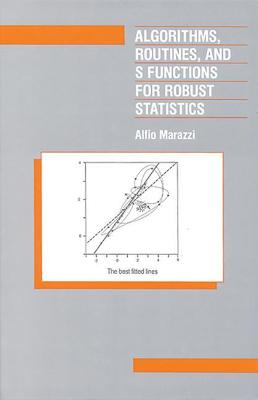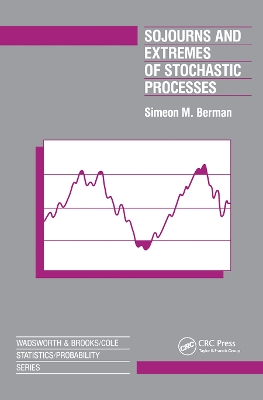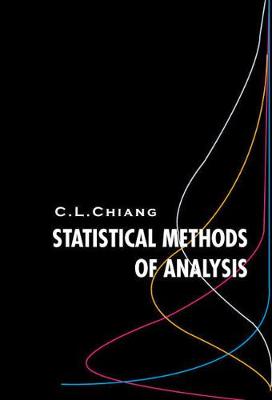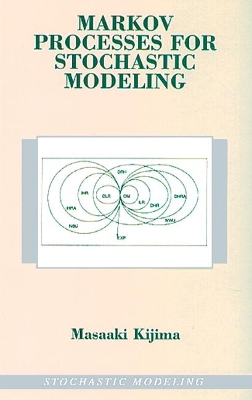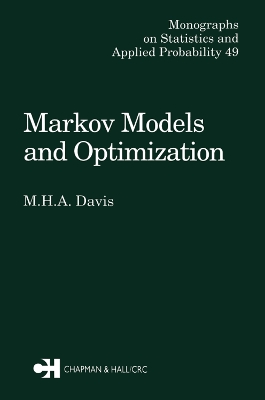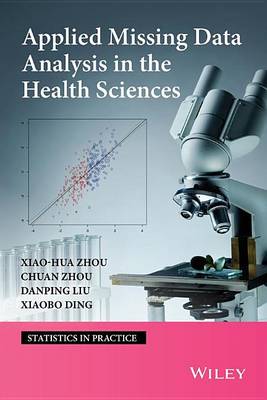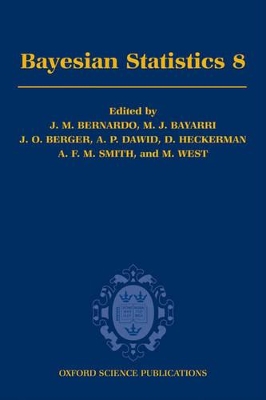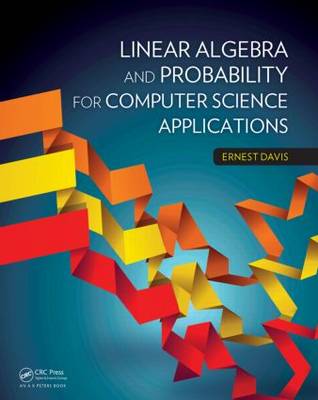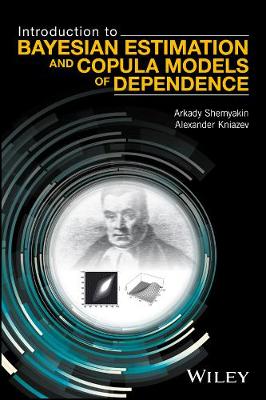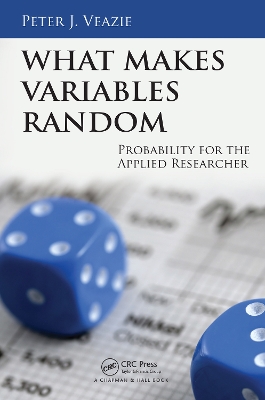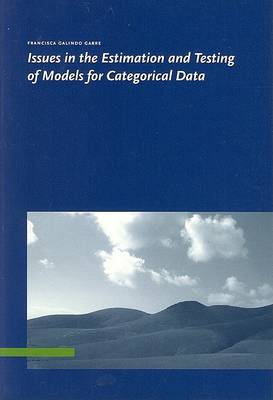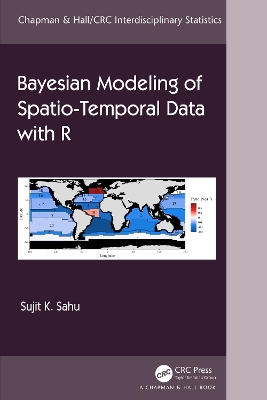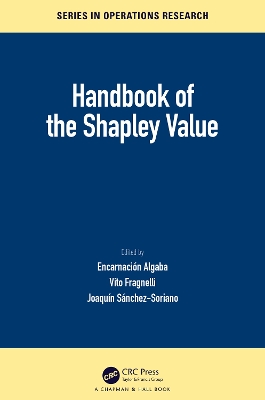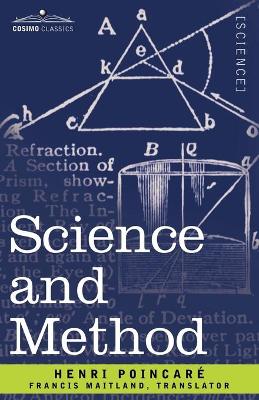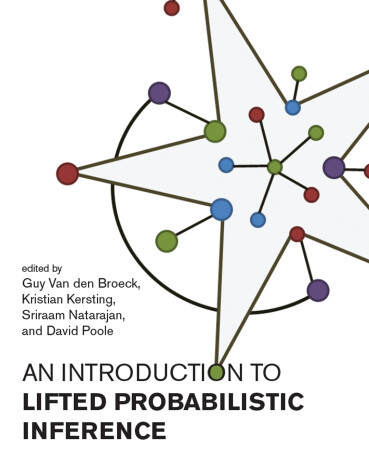An Introduction to Stochastic Processes with Applications to Biology
by Linda J S Allen
An Introduction to Stochastic Processes with Applications to Biology, Second Edition presents the basic theory of stochastic processes necessary in understanding and applying stochastic methods to biological problems in areas such as population growth and extinction, drug kinetics, two-species competition and predation, the spread of epidemics, and
Statistical methods for sequential hypothesis testing and changepoint detection have applications across many fields, including quality control, biomedical engineering, communication networks, econometrics, image processing, security, etc. This book presents an overview of methodology in these related areas, providing a synthesis of research from the last few decades. The methods are illustrated through real data examples, and software is referenced where possible. The emphasis is on providing a...
Dynamical Search (Chapman & Hall/CRC Interdisciplinary Statistics, #7)
by Luc Pronzato, Henry P. Wynn, and Anatoly A. Zhigljavsky
Certain algorithms that are known to converge can be renormalized or "blown up" at each iteration so that their local behavior can be seen. This creates dynamical systems that we can study with modern tools, such as ergodic theory, chaos, special attractors, and Lyapounov exponents. Furthermore, we can translate the rates of convergence into less studied exponents known as Renyi entropies. This all feeds back to suggest new algorithms with faster rates of convergence. For example, in line-searc...
Algorithms, Routines, and S-Functions for Robust Statistics
by Alfio Marazzi
ROBETH (written in ANSI FORTRAN 77) is a systematized collection of algorithms that allows computation of a broad class of procedures based on M- and high-breakdown point estimation, including robust regression, robust testing of linear hypotheses, and robust coveriances. This book describes the computational procedures included in ROBETH. Each chapter is organized into three parts: 1. An overview of the theoretical background for the statistical and numerical methods 2. A detailed descripti...
Sojourns and Extremes of Stochastic Processes is a research monograph in the area of probability theory. During the past thirty years Berman has made many contributions to the theory of the extreme values and sojourn times of the sample functions of broad classes of stochastic processes. These processes arise in theoretical and applied models, and are presented here in a unified exposition.
This textbook systematically presents fundamental methods of statistical analysis: from probability and statistical distributions, through basic concepts of statistical inference, to a collection of methods of analysis useful for scientific research. It is rich in tables, diagrams, and examples, in addition to theoretical justification of the methods of analysis introduced. Each chapter has a section entitled "Exercises and Problems" to accompany the text. There are altogether about 300 exercise...
Markov Processes for Stochastic Modeling (Stochastic Modeling, #6)
by Masaaki Kijima
This book presents an algebraic development of the theory of countable state space Markov chains with discrete- and continuous-time parameters. A Markov chain is a stochastic process characterized by the Markov prop erty that the distribution of future depends only on the current state, not on the whole history. Despite its simple form of dependency, the Markov property has enabled us to develop a rich system of concepts and theorems and to derive many results that are useful in applications. I...
Markov Models & Optimization (Chapman & Hall/CRC Monographs on Statistics and Applied Probability, #49)
by M. H. A. Davis
This book presents a radically new approach to problems of evaluating and optimizing the performance of continuous-time stochastic systems. This approach is based on the use of a family of Markov processes called Piecewise-Deterministic Processes (PDPs) as a general class of stochastic system models. A PDP is a Markov process that follows deterministic trajectories between random jumps, the latter occurring either spontaneously, in a Poisson-like fashion, or when the process hits the boundary of...
Applied Missing Data Analysis in the Health Sciences
by Xiao-Hua Zhou, Chuan Zhou, Danping Lui, and Xaiobo Ding
Bayesian Statistics 8
The Valencia International Meetings on Bayesian Statistics, held every four years, provide the main forum for researchers in the area of Bayesian Statistics to come together to present and discuss frontier developments in the field. Covering a broad range of applications and models, including genetics, computer vision and computation, the resulting proceedings provide a definitive, up-to-date overview encompassing a wide range of theoretical and applied research. This eighth proceedings includes...
Linear Algebra and Probability for Computer Science Applications
by Ernest Davis
Based on the author's course at NYU, Linear Algebra and Probability for Computer Science Applications gives an introduction to two mathematical fields that are fundamental in many areas of computer science. The course and the text are addressed to students with a very weak mathematical background. Most of the chapters discuss relevant MATLAB (R) functions and features and give sample assignments in MATLAB; the author's website provides the MATLAB code from the book. After an introductory chapte...
Introduction to Bayesian Estimation and Copula Models of Dependence
by Arkady Shemyakin and Alexander Kniazev
Presents an introduction to Bayesian statistics, presents an emphasis on Bayesian methods (prior and posterior), Bayes estimation, prediction, MCMC,Bayesian regression, and Bayesian analysis of statistical modelsof dependence, and features a focus on copulas for risk management Introduction to Bayesian Estimation and Copula Models of Dependence emphasizes the applications of Bayesian analysis to copula modeling and equips readers with the tools needed to implement the procedures of Bayesian esti...
What Makes Variables Random: Probability for the Applied Researcher provides an introduction to the foundations of probability that underlie the statistical analyses used in applied research. By explaining probability in terms of measure theory, it gives the applied researchers a conceptual framework to guide statistical modeling and analysis, and to better understand and interpret results. The book provides a conceptual understanding of probability and its structure. It is intended to augment...
Issues in the Estimation and Testing of Models for Categorical Data
by Francisca Galindo Garre
Applied sciences, both physical and social, such as atmospheric, biological, climate, demographic, economic, ecological, environmental, oceanic and political, routinely gather large volumes of spatial and spatio-temporal data in order to make wide ranging inference and prediction. Ideally such inferential tasks should be approached through modelling, which aids in estimation of uncertainties in all conclusions drawn from such data. Unified Bayesian modelling, implemented through user friendly so...
Handbook of the Shapley Value (Chapman & Hall/CRC Series in Operations Research)
Handbook of the Shapley Value contains 24 chapters and a foreword written by Alvin E. Roth, who was awarded the Nobel Memorial Prize in Economic Sciences jointly with Lloyd Shapley in 2012. The purpose of the book is to highlight a range of relevant insights into the Shapley value. Every chapter has been written to honor Lloyd Shapley, who introduced this fascinating value in 1953. The first chapter, by William Thomson, places the Shapley value in the broader context of the theory of cooperati...
Event Attendance Prediction in Social Networks (SpringerBriefs in Statistics)
by Xiaomei Zhang and Guohong Cao
This volume focuses on predicting users' attendance at a future event at specific time and location based on their common interests. Event attendance prediction has attracted considerable attention because of its wide range of potential applications. By predicting event attendance, events that better fit users' interests can be recommended, and personalized location-based or topic-based services related to the events can be provided to users. Moreover, it can help event organizers estimating the...
Bayesian Statistics and Marketing (Wiley Series in Probability and Statistics)
by Peter E. Rossi, Greg M. Allenby, and Rob McCulloch
The past decade has seen a dramatic increase in the use of Bayesian methods in marketing due, in part, to computational and modelling breakthroughs, making its implementation ideal for many marketing problems. Bayesian analyses can now be conducted over a wide range of marketing problems, from new product introduction to pricing, and with a wide variety of different data sources. Bayesian Statistics and Marketing describes the basic advantages of the Bayesian approach, detailing the nature of th...
Introduction to Lifted Probabilistic Inference (Neural Information Processing)
by David Poole
Recent advances in the area of lifted inference, which exploits the structure inherent in relational probabilistic models. Statistical relational AI (StaRAI) studies the integration of reasoning under uncertainty with reasoning about individuals and relations. The representations used are often called relational probabilistic models. Lifted inference is about how to exploit the structure inherent in relational probabilistic models, either in the way they are expressed or by extracting structure...
Stochastic Processes and Functional Analysis (Lecture Notes in Pure and Applied Mathematics)
This extraordinary compilation is an expansion of the recent American Mathematical Society Special Session celebrating M. M. Rao's distinguished career and includes most of the presented papers as well as ancillary contributions from session invitees. This book shows the effectiveness of abstract analysis for solving fundamental problems of stochastic theory, specifically the use of functional analytic methods for elucidating stochastic processes, as made manifest in M. M. Rao's prolific researc...
Probability, Random Processes, and Statistical Analysis
by Hisashi Kobayashi, Brian L. Mark, and William Turin
Together with the fundamentals of probability, random processes and statistical analysis, this insightful book also presents a broad range of advanced topics and applications. There is extensive coverage of Bayesian vs. frequentist statistics, time series and spectral representation, inequalities, bound and approximation, maximum-likelihood estimation and the expectation-maximization (EM) algorithm, geometric Brownian motion and Ito process. Applications such as hidden Markov models (HMM), the V...
